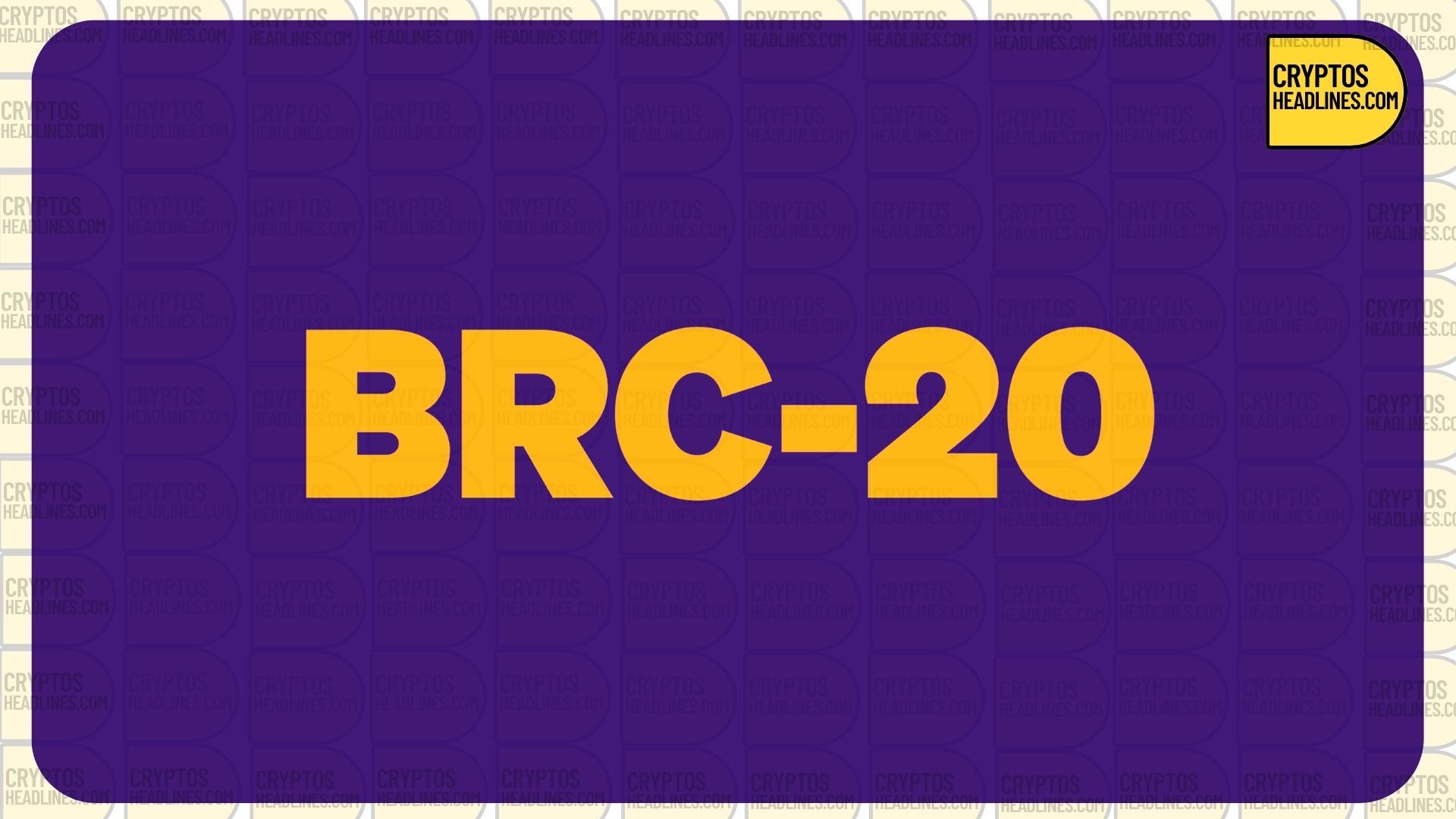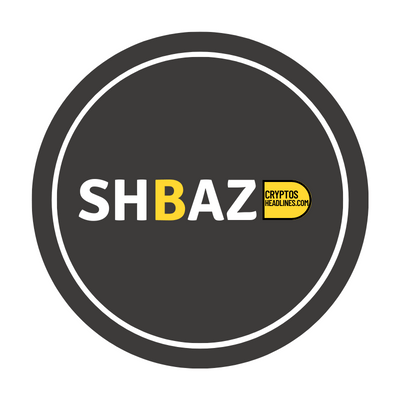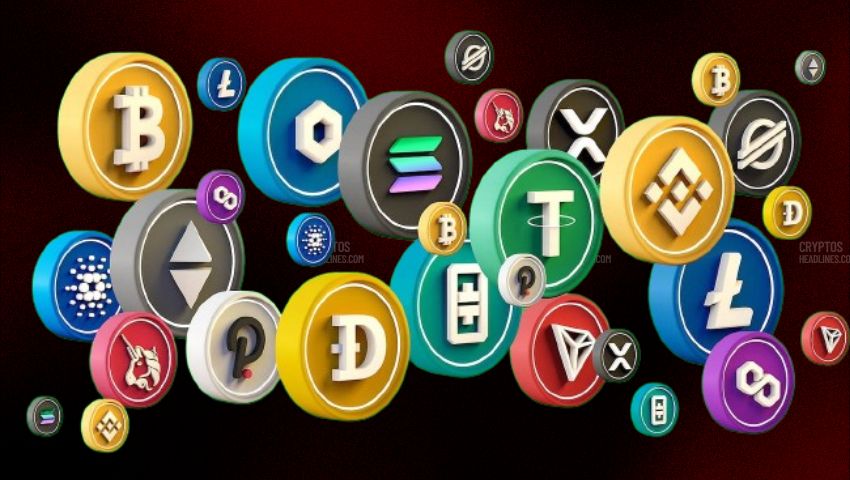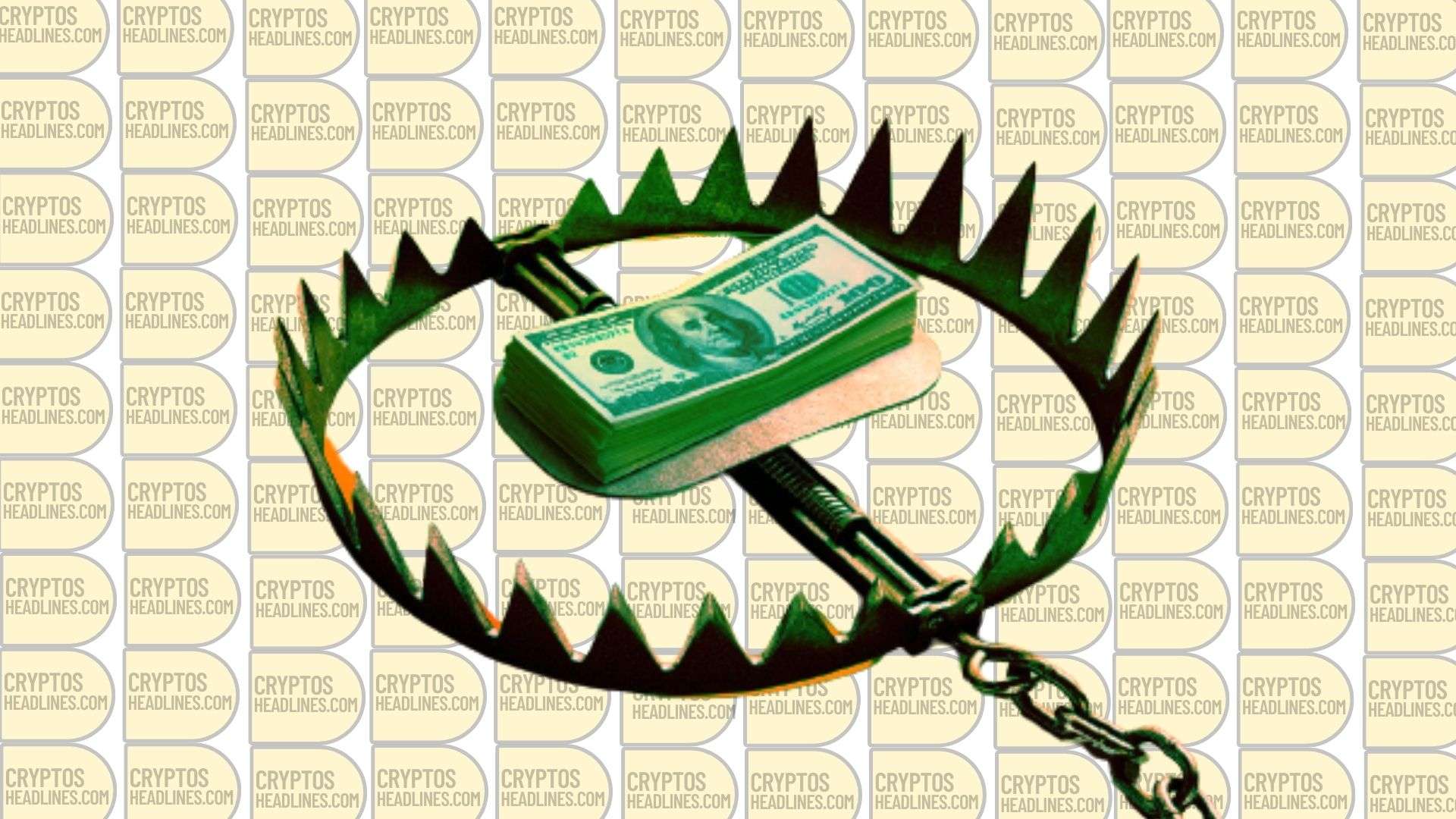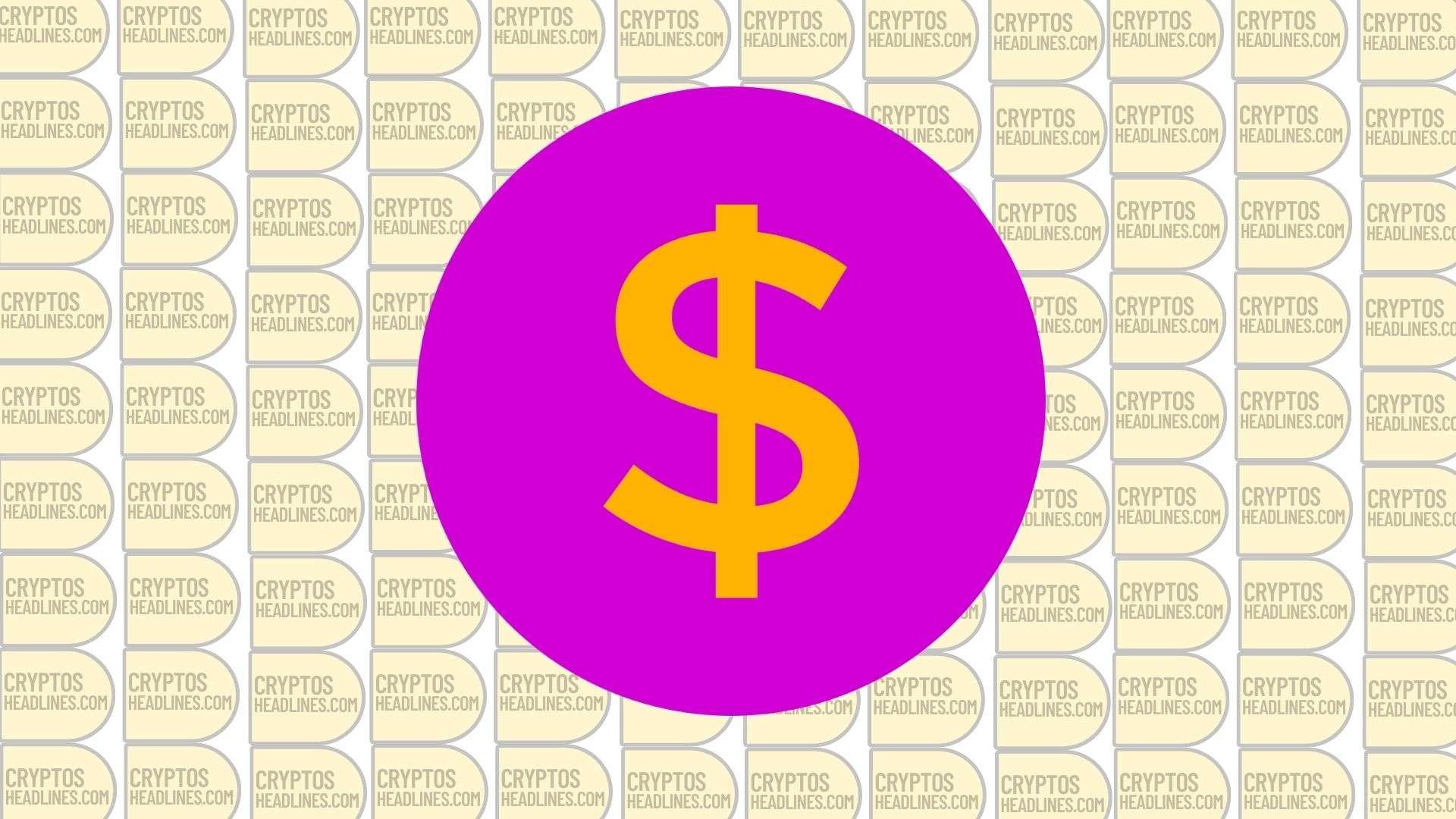BRC-20 standard overview:
The BRC-20 token standard is a way to create and exchange fungible tokens on the Bitcoin blockchain. It is like the ERC-20 token standard used on Ethereum and other similar blockchain networks. The BRC-20 standard allows for the creation and transfer of tokens with unique markings.
Summary:
- Unlike the original design of the Bitcoin blockchain, BRC-20 operates alongside the Bitcoin coin within the Bitcoin network, similar to how smart contract tokens function on the Ethereum blockchain.
- BRC-20 tokens are generated by linking a JSON file to satoshis (the smallest unit of Bitcoin) using Bitcoin ordinals. This JSON file contains all the details about the BRC-20 token, such as its creation, distribution, and other attributes. When these tokens are deployed, the Bitcoin network decodes the JSON information to understand and process the token’s properties.
- BRC-20 tokens are created and used in a similar way to regular tokens. To mint BRC-20 tokens, you need a Bitcoin ordinal wallet. There is a specific maximum limit for each minting process. Once minted, these tokens can be spent and utilized like any other tokens.
- The BRC-20 token standard has gained significant popularity, with a market capitalization surpassing $600 million and thousands of BRC-20 tokens already minted. Some notable BRC-20 tokens include meme coins like PEPE and MEME, as well as the Ordinal token (ORDI).
The BRC-20 token market is valued at over $600 million and has a daily trading volume of more than $200 million. There are currently over 14,000 different BRC-20 tokens in circulation. Similar to the Ethereum blockchain, Bitcoin enthusiasts now have the ability to create, mint, and transact with tokens other than Bitcoin on the Bitcoin blockchain.
BRC-20 tokens represent an advancement in technology on the Bitcoin blockchain. Let’s explore what they are and why they are causing significant changes in the crypto space.
What are BRC-20 tokens?
BRC-20 tokens started out as an experiment to create fungible tokens on the Bitcoin network.
An experiment into "brc-20's" and fungibility on bitcoin with ordinals 1/x pic.twitter.com/9khKLbEPk6
— domo (@domodata) March 9, 2023
BRC-20 tokens are made by adding JSON instructions to satoshis using Bitcoin ordinals. These tokens function similarly to smart contract tokens, where the JSON defines the main characteristics of the BRC-20 token
Alongside the advantages of Bitcoin’s popularity and reputation, BRC-20 tokens also leverage the security and decentralization of the Bitcoin network. They can be exchanged between individuals, similar to other cryptocurrencies.
Although BRC-20 tokens operate similarly to regular crypto tokens, they utilize a distinct underlying technology and are created in a unique manner. BRC-20 tokens are minted by the Bitcoin community, with each ordinal wallet having the ability to generate them once they are deployed. Typically, there is a maximum limit for minting, ensuring that the total number of tokens does not surpass the total supply.
How are BRC-20 Tokens Created?
On the Bitcoin network, satoshis are the smallest units of currency. One Bitcoin is made up of a hundred million satoshis. Each satoshi is assigned a unique number based on the order in which it was issued, and these numbers are called ordinals. In the past, ordinals were used only to label satoshis with order numbers. However, they can now also be used to attach specific data to individual satoshis.
The 2021 Bitcoin Taproot upgrade introduced a loophole that allows for additional data to be attached to each satoshi using the ordinals protocol. This means that satoshis can now carry more public data. However, satoshis with this extra data can still be spent in the same way as regular ones.
After the introduction of the Taproot upgrade, Bitcoin developers have been exploring different ways to utilize this new capability. This has led to the emergence of Ordinals NFTs (Non-Fungible Tokens) and BRC-20 tokens, which leverage the enhanced functionality provided by ordinals.
Ordinal NFTs are unique digital assets created by associating a file, like an image, with a satoshi. On the other hand, BRC-20 tokens are fungible, meaning they can be exchanged on a one-to-one basis, and they are generated using a distinct method.
Ordinal NFTs link digital assets to satoshis, whereas the BRC-20 token standard connects a JSON code to satoshis using the ordinals protocol. This JSON code contains executable instructions that determine various characteristics of the token, such as its supply, minting limit, and identity.
Once the token is deployed, any Bitcoin ordinals wallet can join the network and create the token, which can be used for transactions like any other digital currency. The first example of such a token is ORDI, which is built using the BRC-20 standard on the Bitcoin blockchain. Currently, its trading price is $17.89, and its total market value exceeds $350 million.
What can BRC-20 Tokens be used for?
As mentioned before, BRC-20 tokens can be used and transacted just like any other digital currency. Although additional applications for BRC-20 tokens are still being discovered, here are some of the current uses for these tokens.
P2P Transfers
You can easily send your BRC-20 tokens to others as a form of value. These tokens use the secure Bitcoin network and can be transferred between wallets, no matter where they are located. Similar to Bitcoin, BRC-20 tokens are a decentralized form of digital currency that allows for peer-to-peer transactions. They benefit from the efficient infrastructure of the Bitcoin network, and any transaction fees incurred are paid in bitcoin.
In the future, BRC-20 tokens might be accepted as a means of payment on various platforms and by service providers who want to offer more versatile payment options. This could provide users with greater flexibility when making purchases or transactions.
Decentralized Finance
DeFi (Decentralized Finance) is not as developed on the Bitcoin blockchain compared to EVM networks like Ethereum. However, BRC-20 tokens have the potential to kickstart a decentralized financial system on the Bitcoin blockchain. Unlike Bitcoin, which has limited functionality, BRC-20 tokens are more flexible and can be integrated into various DeFi protocols, allowing for innovative financial applications.
BRC-20 tokens have a wide range of applications within DeFi protocols built on the Bitcoin network. They can be used in decentralized exchanges, lending platforms, and yield farming systems, among other possibilities, if this objective is accomplished. This opens up opportunities for users to trade, borrow, and earn rewards using BRC-20 tokens in a decentralized and secure manner.
One platform that has already emerged is Ordinalswallet.com, which enables the decentralized creation and trading of BRC-20 tokens and ordinals NFTs. We can expect to see more platforms like this as BRC-20 tokens gain wider recognition and adoption. These platforms will provide users with convenient and secure ways to mint and trade BRC-20 tokens, as well as explore the growing market of ordinals NFTs.
Another potential application is the creation of a BRC-20 bitcoin peg and bridge. This would facilitate the seamless integration of bitcoin into DeFi systems, allowing users to utilize their bitcoin assets in decentralized finance protocols. Additionally, it would enable interoperability between the Bitcoin network and other blockchains, fostering greater connectivity and expanding the possibilities for decentralized applications across different platforms.
Tokenization
Tether, a widely used stablecoin, leveraged the asset creation system on Omnichain and EVM networks to create a digital representation of traditional currencies like the US dollar. This system has also been utilized to create crypto assets linked to real-world commodities such as gold and real estate. BRC-20 tokens can fulfill a similar role and, with further advancements, may become a popular choice for tokenizing real assets due to their unique structure.
Using the JSON code, individuals can specify the characteristics of a BRC-20 token based on what they want to tokenize, including the supply and minting limits. The decentralized issuance process of BRC-20 tokens offers an advantage over smart contracts when it comes to tokenization, as it provides greater flexibility and control.
Continuous Experiments on the Bitcoin Blockchain
The BRC-20 token standard and BRC-20 tokens are paving the way for exciting possibilities on the Bitcoin blockchain. While still in the experimental phase, they offer a glimpse into the potential of the Bitcoin network. To fully leverage these tokens and their technology, it’s important to explore futuristic advancements and contribute to the growth of the Bitcoin ecosystem. As BRC-20 tokens continue to evolve, they are expected to play a larger role in the crypto space. With ongoing development, we can anticipate the emergence of more practical applications for BRC-20 tokens in the future.
Impact of BRC-20 Tokens
BRC-20 tokens, which started as an experiment, have gained immense popularity. More than 14,000 tokens have been created, collectively reaching a market value of over $600 million and continuing to grow. The enthusiastic response from cryptocurrency enthusiasts can be attributed to the strong reputation and popularity of the Bitcoin network, on which these tokens operate.
Despite its popularity and financial success, BRC-20 token transactions have put additional strain on the Bitcoin blockchain. The speed of the Bitcoin network, which typically handles around 7 transactions per second, has been overwhelmed by the large volume of transactions associated with BRC-20 tokens and ordinal NFTs. On May 8, 2023, there were reportedly over 300,000 transactions pending in the Bitcoin network, leading to a significant increase in transaction fees. In fact, transaction fees reached a record high of over $30, the highest in two years, as shown in the chart below.

How to Buy BRC-20 Tokens
There are two main methods for buying BRC-20 tokens. The first option is to buy them on centralized exchanges where they are listed, following the usual process of buying cryptocurrencies. The second option is to purchase BRC-20 tokens on ordinals exchanges, which requires an ordinals wallet.
Step 1: Visit ordinalswallet.com to create your wallet, and be sure to store your wallet passphrase properly.
Step 2: Click BRC-20 from the top menu to see BRC-20 tokens listed on the platform.
Step 3: Click on the BRC-20 token to see available sale requests. Click ‘Buy Now’ to purchase the token directly from your wallet.

Keep in mind that you must have a sufficient amount of bitcoin in your wallet to make a purchase.
BRC-20 Tokens vs. ERC-20 Tokens
The name “BRC-20” is derived from the popular ERC-20 token standard used on Ethereum and similar networks. This similarity has led to comparisons between BRC-20 tokens and ERC-20 tokens. However, despite both operating on a blockchain network, they have many differences in terms of their functionality and features.
One key difference is that BRC-20 tokens are built on the Bitcoin network, whereas ERC-20 tokens are specific to the Ethereum network. However, it’s important to note that the ERC-20 standard can also be used to create tokens on other blockchain networks that are compatible with Ethereum Virtual Machine (EVM) technology.
ERC-20 tokens are created by writing a smart contract code in a language like Solidity, which is then deployed on the Ethereum network to mint the tokens. On the other hand, BRC-20 tokens are created by attaching JSON data to satoshis through ordinal inscriptions on the Bitcoin network.
BRC-20 tokens operate independently from Bitcoin and do not affect its functionality. If there are any issues with BRC-20 tokens or the protocol itself, it won’t impact the operations of Bitcoin. Transactions involving BRC-20 tokens can be accepted on the Bitcoin network but may be rejected on the BRC-20 protocol if there are insufficient token balances. In contrast, ERC-20 tokens are closely tied to the Ethereum network and any issues with the ERC-20 protocol can impact the overall functioning of Ethereum.
BRC-20 tokens are created in a way that involves multiple ordinals wallets participating in the minting process. This inclusive approach allows for a decentralized distribution of the tokens and involves the community. In contrast, ERC-20 tokens can be distributed by a single entity, which can lead to potential manipulation and centralization.
Can BRC-20 Tokens Be Stored on the MetaMask Wallet?
BRC-20 tokens cannot be stored in the MetaMask wallet. MetaMask is designed specifically for Ethereum, ERC-20 tokens, and native tokens of other EVM networks. Since BRC-20 tokens are not compatible with these standards, they cannot be stored in the MetaMask wallet currently.
If MetaMask decides to include support for the Bitcoin network and Bitcoin ordinals in the future, it would become possible to store BRC-20 tokens in MetaMask wallets. This would allow users to manage and hold their BRC-20 tokens within the MetaMask wallet.
Final Thoughts
Satoshi Nakamoto created the Bitcoin blockchain for peer-to-peer transactions, and over the years, its utility has become increasingly evident. However, compared to newer blockchain projects that offer a wider range of functionalities beyond simple value transfer, the Bitcoin blockchain has seen relatively less development activity. As a result, some critics have called the Bitcoin blockchain “technologically outdated” and unnecessary.
After nearly seven years, the Bitcoin blockchain is experiencing increased activity, with developers exploring new advancements for the network. These include the introduction of BRC-20 tokens, ordinal NFTs, and the lightning network.
It’s important to understand that the technology behind BRC-20 tokens is still in its early stages and considered an ongoing experiment. As an investor, it is recommended to apply risk management strategies when participating in the BRC-20 ecosystem. Keep in mind that the technology may undergo changes that could have potential drawbacks or security concerns. Please note that the information provided in this article is for educational purposes only and not financial advice. It’s always advised to conduct your own research before making any investment decisions.
This information is for general knowledge only and should not be considered as advice for investing or making financial decisions.







